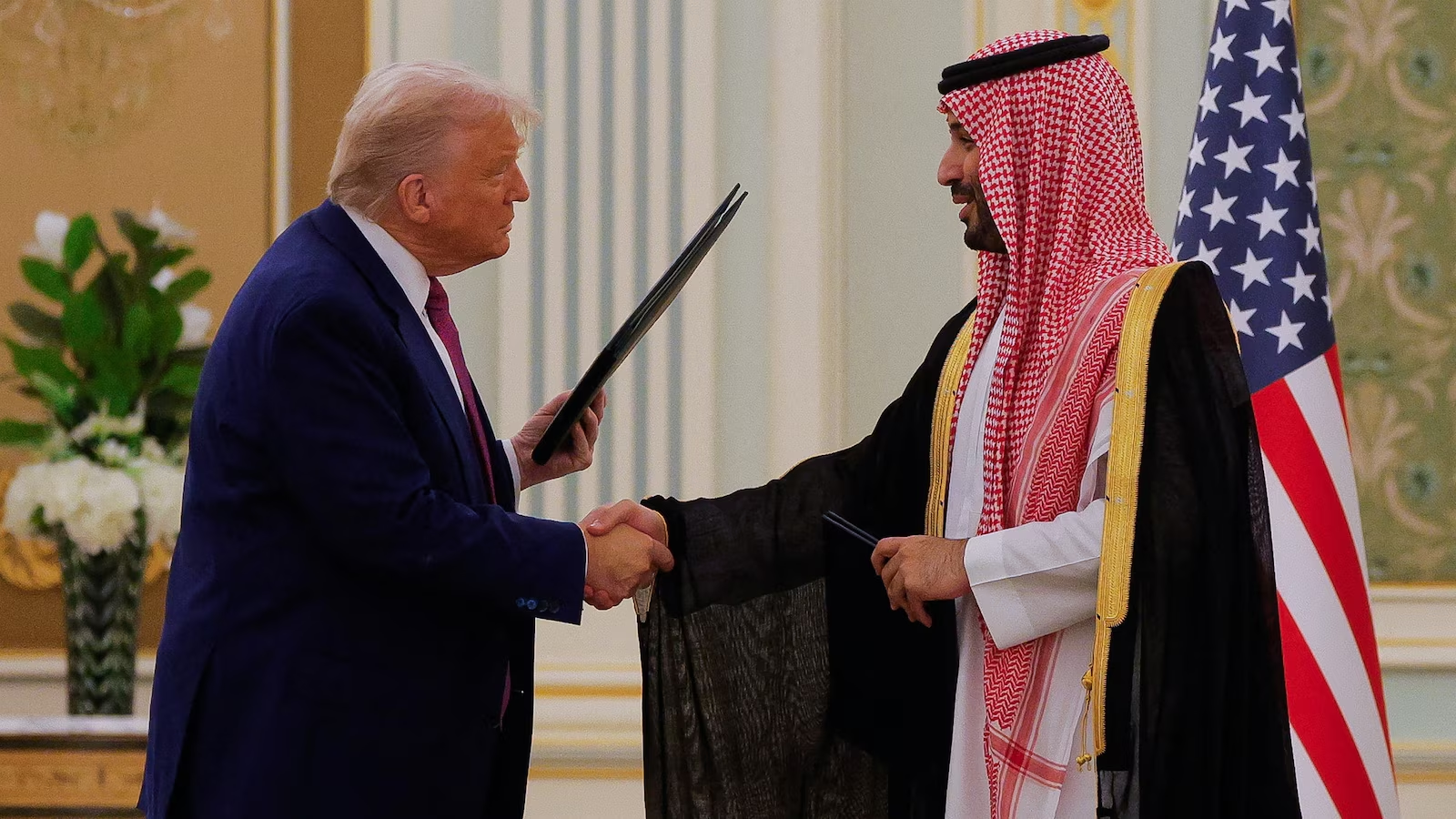Surprising market boom accompanied by geopolitical events involving the Saudi Central Bank and former U.S. President Donald Trump caused the Ethereum price $2550 level. Both the crypto community and worldwide financial experts have taken notice of this surprising price movement since it shows the junction of digital asset momentum, sovereign wealth policies, and changing political dynamics.
Ethereum Breaks $2,550: A Technical and Emotional Target
Rising beyond $2,550 for the first time in weeks, Ethereum, the second biggest cryptocurrency by market value, showed fresh hopeful strength. Given current bearish patterns in the whole crypto market this shift is especially important. Analysts credit technical momentum and institutional interest for this breakout; the latter is emphasized by the participation of the Saudi Central Bank.
Growing demand for decentralized finance (DeFi), rising NFT market activity, and hope about the Ethereum 2.0 roadmap help to explain Ethereum’s recent surge. Powering smart contracts, distributed apps (dApps), and Layer-2 scaling solutions like Arbitrum and Optimism, the Ethereum blockchain is still absolutely vital.
Investment in Strategy ETF by Saudi Central Bank Promotes Market Hope
The revelation that Strategy ETF, a high-profile cryptocurrency-focused investment vehicle, 25,656 shares of which the Saudi Central Bank (SAMA) bought was one of the main causes of Ethereum’s price surge.
This expenditure also fits Vision 2030, Saudi Arabia’s ambitious national transformation strategy stressing innovation, financial diversification, and worldwide competitiveness. This change could be a turning point since central banks and sovereign wealth funds are using cryptocurrencies more and more.
Trump’s Visit to Riyadh gives crypto headlines political undertone
The high-profile visit of Donald Trump to Riyadh adds to the relevance of this financial development. Although the visit was formally reported as part of his post-presidency speaking engagements and business diplomacy, many conjecture it also included casual talks regarding U.S.-Saudi economic cooperation, energy policy, and digital infrastructure.

Previously, the Trump government was known for a conflicting attitude toward cryptocurrencies, supporting innovation and free markets vocally while also imposing some regulatory crackdowns. His re-engagement with Gulf officials could point to a turn toward supporting American-based blockchain companies looking into Middle Eastern alliances.
On-Chain Metrics of Ethereum Reflect Constant Positive Activity
On-chain data backs up the present positive attitude about Ethereum. According to Glassnode and IntoTheBlock, ETH wallet addresses with over 10 ETH show an increase indicating accumulation by whales and high-net-worth people. Transaction volumes and gas fees among other network activity point to increasing involvement with Ethereum-based dApps and DeFi systems.
With almost 30 million ETH secured onto the Beacon Chain, Ethereum staking has also hit fresh highs following merger. This lowering of circulating supply causes deflationary pressure on the asset, which helps to explain its price resiliency.
Technically, Ethereum has exceeded important resistance levels at $2,400 and $2,500; analysts now see the $2,700 and $2,850 levels as possible near-term targets. Remarkably in neutral area, the Relative Strength Index (RSI) suggests space for more upward movement.
Ethereum Institutional Confidence Expanding
For Ethereum’s development as a worldwide financial asset, the participation of sovereign entities such as SAMA represents a turning point. Ethereum is becoming more and more programmable money, a necessary part of the digital economy, rather than only a speculative tool. Already, big financial companies including BlackRock, Fidelity, and JPMorgan have included Ethereum-based products into their line-up.
Furthermore, the combination of artificial intelligence with blockchain technology has enhanced Ethereum’s applicability in sectors such supply chain logistics and healthcare. Ethereum has a special place in the story of the digital transition since it can host distributed, secure artificial intelligence programs.
Geopolitics: Changing Crypto Investment Patterns
Though it is not new, the junction of politics and digital money is becoming more clear thanks to recent events. Within the framework of Trump’s visit and the larger de-dollarization trend, Saudi Arabia’s strategic investment shows a worldwide rethink of monetary systems and asset allocation.
Ethereum is becoming more and more seen as hedges against currency volatility as BRICS countries keep investigating alternative financial networks and U.S. Treasury rates change. Middle Eastern countries are positioned to affect the future direction of digital asset acceptance with their great oil wealth and sovereign investment capability.
Ethereum might become a fundamental infrastructure for programmable finance in global commerce—a future that was previously theoretical but is now gently approaching reality—as energy-backed digital currencies and blockchain-enabled smart contracts for oil trading gain pace.
Road Ahead: Can Ethereum Keep Its Pace?
Although Ethereum’s present surge is positive, it has various challenges to keep momentum. Still a major obstacle is regulatory ambiguity, particularly in the United States where the SEC keeps labeling certain digital assets as securities. Should institutional adoption keep increasing and Ethereum Surges go as planned, the $3,000 level might become a reasonable short-term goal. Long-term forecasts are still positive; some analysts believe ETH might challenge past all-time highs as macroeconomic conditions normalize and digital assets find place in sovereign investment plans.


